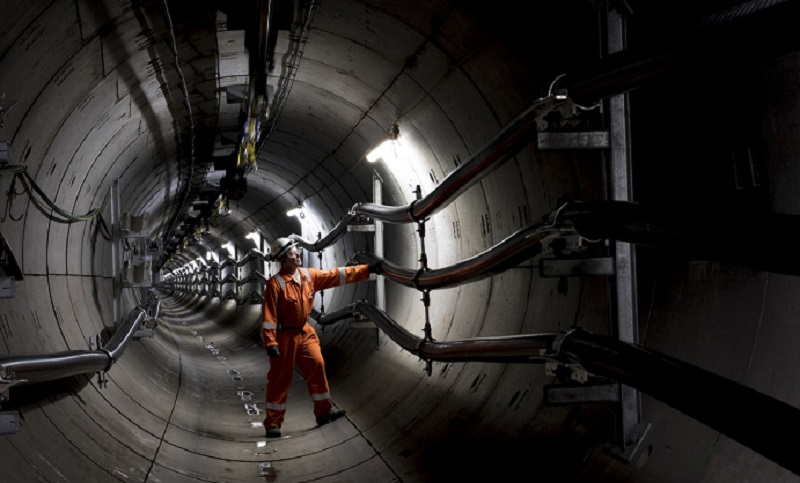Remembering London’s electrical outage of 2003
Although it only lasted 37 minutes, the electrical blackout that struck London on August 28, 2003 was the biggest in the region since the Great Storm of 1987. More than 410,000 homes and businesses lost their electricity supplies, writes James Twomey.
The outage, which affected customers supplied from National Grid’s New Cross, Hurst and Wimbledon substations, left hundreds of people stuck in lifts, passengers trapped on the London Underground and saw about 270 sets of traffic lights fail.
Starting 6.11pm, an alarm alerted the National Grid control centre that gas was present in the oil in a transformer at Hurst substation.
Nine minutes later, as the Hurst substation was taken out of action, power was routed to New Cross from the Wimbledon substation, but a fault at Wimbledon disconnected the remaining circuit, completely isolating New Cross and Hurst substations, as well as part of Wimbledon substation, and causing the blackout.
By 6.57pm the blackout was considered over and power had returned to the substations – and most customers.
But the knock-on effects continued.
Nearly 2,000 mainline trains were hit and it took several hours for normal service to resume, leaving 250,000 passengers stranded at various stations.
An Ofgem report into the incident found that with a total of 724 MW lost, approximately 20 per cent of London’s electricity demand at the time was down.

It had all started with a faulty fuse that brought the rush-hour chaos in London to a halt.
A full Government review into the incident found that a failed transformer at the Hurst substation in North Cray, Bexley, was the initial cause of the outage.
Although power was re-routed through other circuits, a second fault seven seconds later resulted in the flow of electricity stopping on the underground cable between New Cross and Wimbledon substations.
The National Grid’s maintenance procedures came under fire in the aftermath of the blackout.
The review found that in 2001 a one amp relay device was accidentally installed instead of a five amp model, resulting in the relay tripping at a current level five times lower than the correct rating.
The report went on to discover that the first transformer fault was due to an oil leak that had been spotted some weeks before the blackout.
While the oil was topped up, the leak wasn’t fixed at the time, which chimed with wider criticisms of National Grid’s approach to maintenance and investment in the network’s upkeep.
National Grid’s director of transmission at the time admitted there was a “small backlog” of maintenance checks.
London Underground was accused by unions of putting passengers at risk, having closed its own power station at Lots Road as part of the privatisation of its electricity supply.
Picture: London Power Tunnel engineer Picture: National Grid
